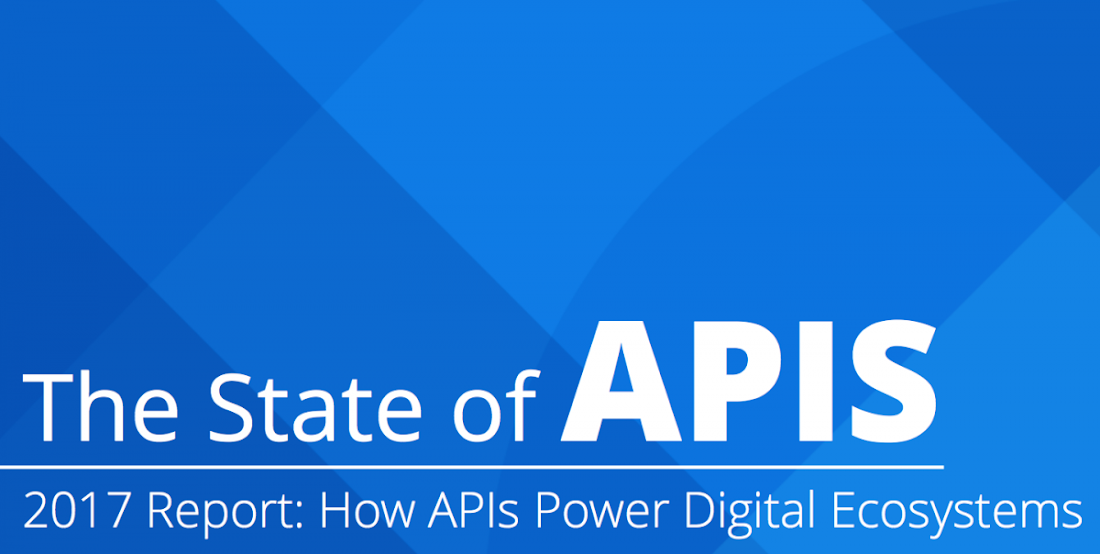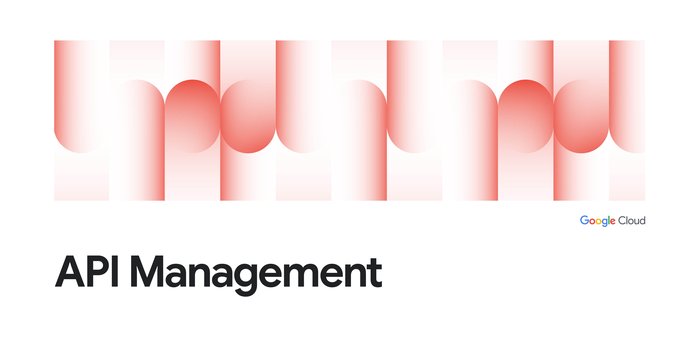The State of APIs Report 2017
Sai Koppala
How APIs power digital ecosystems
Successful digital companies not only build great software, but also create and participate in digital ecosystems. Whether they’re digital natives like Google, Twilio, and Stripe, or established enterprises like Walgreens, Ticketmaster, and Pitney Bowes, companies build successful digital platforms by fostering a thriving ecosystem of developers and partners.
The 2017 State of APIs report identifies factors that contribute to building successful digital platforms and explores how enterprises can build or participate effectively in digital ecosystems. This report was built based on the hundreds of billions of 2014-2016 API calls in the Apigee Cloud from hundreds of customers; it was augmented and surveys conducted with customers across a variety of verticals.


Characteristics of winning digital platforms
We observed that businesses with successful digital platforms experience non-linear growth in the number of apps in their ecosystem. These companies enable third-party developers to easily consume APIs and build applications. In the last three years, we’ve seen the number of third-party apps consuming APIs on Apigee customers’ platforms grow over 3000%.A healthy digital ecosystem is measured not only by the number of apps on the platform, but also by the API activity. The top-quartile companies in the Apigee customer base account for 90% of all API traffic. Thus, overwhelming rewards are accrued to the leading platforms at the expense of everyone else. A “winner-take-most” phenomenon is at play, irrespective of industry.
In terms of particular industries, data-rich verticals are the leaders. Technology, media, and information services are the industries that lead the pack in building digital business platforms with APIs.
Building a winning digital platform
The leading companies are focused on building ecosystem capabilities like enabling developers and partners, connecting apps, data, and devices, and innovating on new business models. APIs are key building blocks for most of these initiatives.Business-driven APIs
As requirements for digital business evolve, enterprises use APIs and API platforms to quickly deliver new apps while leveraging existing legacy services. At successful organizations, business stakeholders define APIs to ensure that the right business use cases are addressed. Bottom-quartile companies, on the other hand, mostly focus on technical integration with APIs.
Developer engagement
Leading companies are tightly focused on developer engagement. These organizations run developer outreach programs (hackathons, for example), deploy developer portals for easy API discovery, and publish interactive documentation. Top-quartile companies attracted 96% of developers in the Apigee customer base.
Product mindset
Successful companies treat APIs as products. Top-quartile companies created 4x more API products than organizations in the next quartile. Treating APIs as products enables companies to package APIs with quota limits and pricing models. Organizations can iterate on a variety of business models to build the right offering for their use cases.
Business measures
Successful organizations clearly define and measure a combination of business metrics and API consumption metrics including API traffic, the number of apps, and the number of active developers.
In this software-driven world, all enterprises need to act like scrappy digital natives. This requires building and participating in digital ecosystems—it's a critical ability enterprises need to develop.
Download the State of APIs 2017 report now to learn more.


